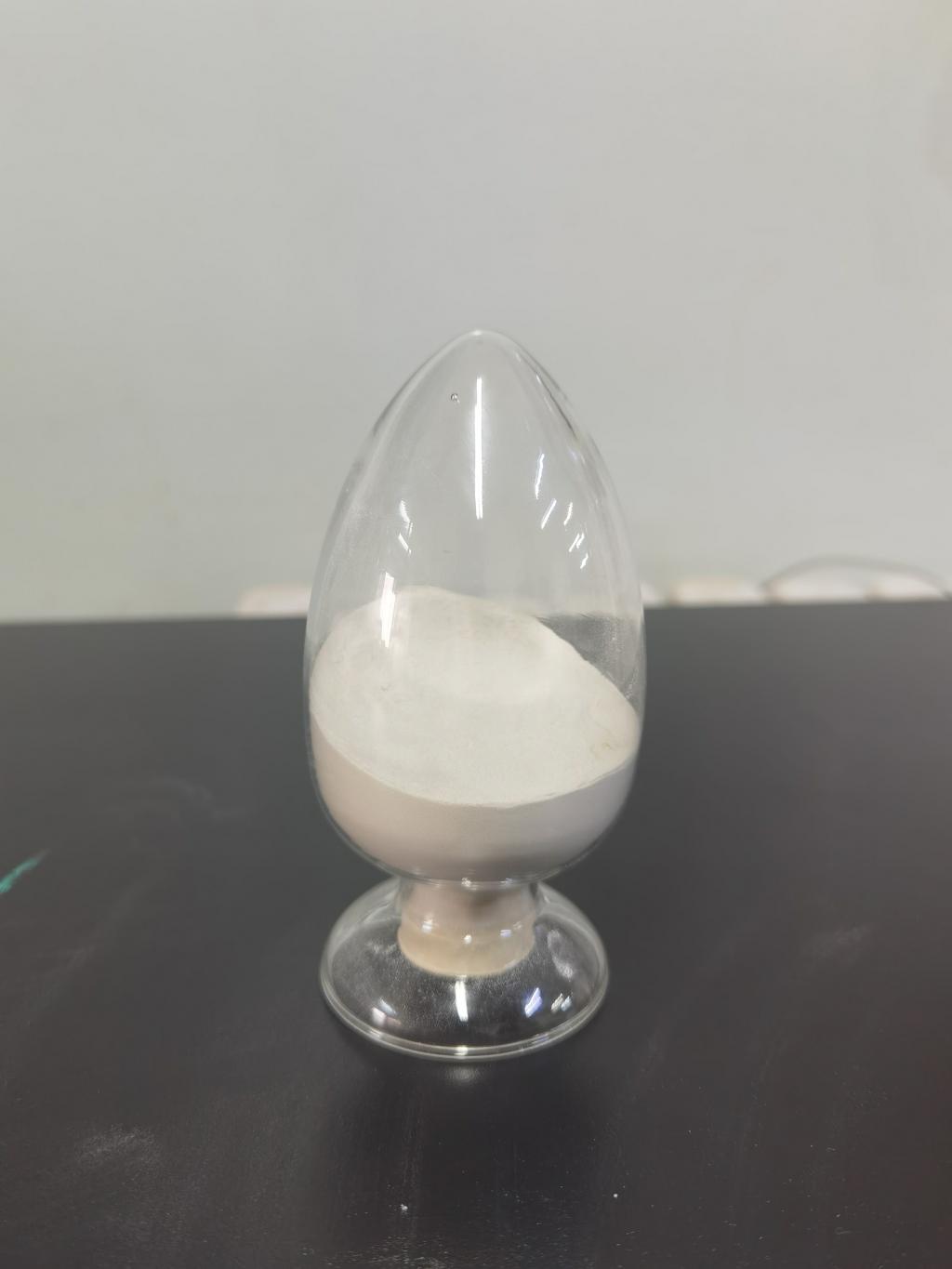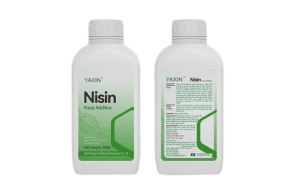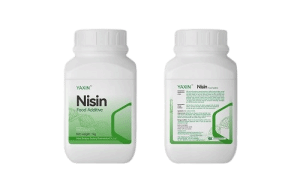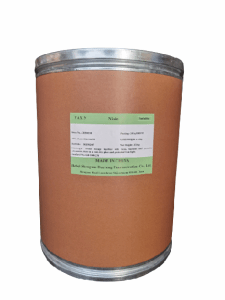Tel:+8618231198596

News
 CONTACT
CONTACT
 CONTACT
CONTACT
- Linkman:Linda Yao
- Tel: +8618231198596
- Email:linda.yao@dcpharma.cn
- Linkman:CHARLES.WANG
- Department:Overseas
- Tel: 0086 0311-85537378 0086 0311-85539701
News
Nisin and Its Role in Controlling Foodborne Pathogens.
TIME:2023-09-06
Nisin: A Natural Antimicrobial Peptide
Nisin is a polycyclic antibacterial peptide produced by certain strains of lactic acid bacteria, primarily Lactococcus lactis. It was first discovered in the 1920s and has since been recognized as a safe and effective antimicrobial agent. Nisin is unique in its origin, as it is a naturally occurring substance, which makes it an attractive option for food preservation.
Chemical Structure
Nisin has a complex and unique chemical structure. It consists of 34 amino acid residues and contains several unusual amino acids, including lanthionine and methyllanthionine, which are formed through post-translational modifications. These modifications result in the formation of intramolecular bridges, giving nisin its characteristic three-dimensional structure. This structure is crucial for its antimicrobial activity.
Mechanism of Action
Nisin's antimicrobial activity is primarily attributed to its ability to disrupt the cell membranes of target bacteria. The mechanism of action can be summarized as follows:
Binding to Lipid II: Nisin specifically targets a bacterial cell wall precursor molecule called Lipid II. It binds to Lipid II with high affinity, preventing its incorporation into the growing cell wall.
Pore Formation: Nisin molecules then oligomerize, forming pores or channels in the bacterial cell membrane. These pores disrupt the membrane's integrity, leading to leakage of essential ions and molecules from the cell.
Cell Death: The disruption of the cell membrane ultimately causes cell death, making nisin an effective bactericidal agent against a broad range of Gram-positive bacteria.
Spectrum of Activity
Nisin is particularly effective against Gram-positive bacteria, including species of Listeria, Staphylococcus, and Clostridium, among others. Its efficacy against Gram-negative bacteria is limited due to the presence of outer membrane barriers that restrict nisin's access to the inner cell membrane.
Nisin in Food Preservation
Safety and Regulatory Status
One of the key advantages of nisin as a food preservative is its long history of safe use. It has been widely consumed in various food products for decades without reports of adverse health effects in humans. Regulatory agencies such as the U.S. Food and Drug Administration (FDA) and the European Food Safety Authority (EFSA) have established acceptable daily intake (ADI) values for nisin, further affirming its safety.
Preservation of Dairy Products
Dairy products, including cheese and yogurt, are susceptible to contamination by spoilage microorganisms and foodborne pathogens. Nisin has found extensive use in the preservation of dairy products due to its effectiveness against Gram-positive bacteria. It can inhibit the growth of Listeria monocytogenes in cheese and other pathogens in yogurt, extending their shelf life while maintaining product quality.
Meat and Poultry Processing
In the meat and poultry industry, nisin has been employed to combat pathogens such as Listeria and Clostridium botulinum. It can be applied as a surface treatment or incorporated into marinades and brines to enhance safety during processing and storage. Nisin's ability to inhibit the outgrowth of Clostridium spores is particularly valuable in preventing the formation of harmful toxins.
Bakery Products
Bakery products, including bread and pastries, are also susceptible to microbial spoilage. Nisin can be incorporated into dough formulations to inhibit the growth of spoilage organisms and pathogens, enhancing the shelf life of these products. Additionally, it allows for the reduction of chemical preservatives, aligning with consumer preferences for cleaner ingredient labels.
Challenges and Future Directions
While nisin offers numerous benefits in controlling foodborne pathogens, some challenges and considerations exist:
Limited Activity Against Gram-Negative Bacteria
Nisin's effectiveness is restricted primarily to Gram-positive bacteria. Strategies to enhance its activity against Gram-negative pathogens, such as the development of nisin derivatives or combination treatments with other antimicrobial agents, are areas of ongoing research.
Potential Resistance
There is a concern that prolonged and widespread use of nisin in food production may lead to the development of bacterial resistance. Monitoring and surveillance of resistance are essential to address this issue effectively.
Regulatory Compliance
Ensuring that nisin applications comply with regulatory standards and labeling requirements is crucial for food manufacturers. Compliance can be a complex process, especially when introducing nisin into new food products.
Consumer Acceptance
Consumer perception of nisin and other food additives plays a vital role in its adoption. Transparency in labeling and communication regarding the safety and benefits of nisin can help build consumer trust.
Conclusion
Nisin, a natural antimicrobial peptide, has demonstrated its efficacy in controlling foodborne pathogens and enhancing food safety in various food products. Its unique mechanism of action, safety profile, and regulatory acceptance make it a valuable tool for food preservation. However, ongoing research and monitoring are necessary to address challenges such as limited activity against Gram-negative bacteria and the potential for resistance. As the food industry continues to evolve, nisin is likely to remain a significant player in the pursuit of safer and longer-lasting food products.
- Tel:+8618231198596
- Whatsapp:18231198596
- Chat With Skype







